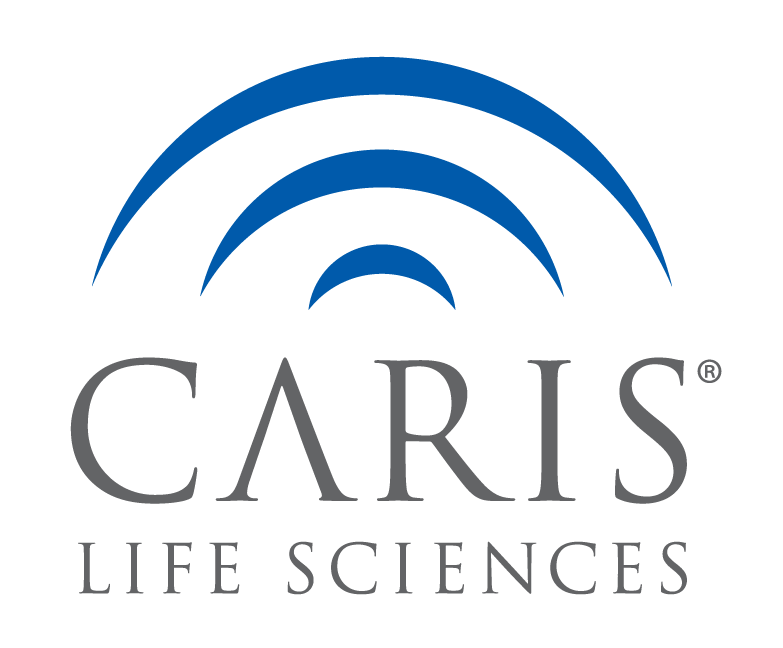Abstract
Background: The DESTINY-PanTumor02 trial demonstrated efficacy of HER2-directed antibody drug conjugates (ADCs) in the treatment of gynecologic malignancies, including endometrial endometrioid adenocarcinoma (EEA). Trial eligibility was determined utilizing HER2 IHC gastric criteria, but many institutions historically use breast criteria for IHC interpretations. As neither scoring system has been validated in gynecologic neoplasms, our study seeks to compare them in EEA.
Methods: Blinded pathology review of HER2 IHC (4B5) from 263 randomly selected EEAs was performed by two board-certified pathologists utilizing gastric and breast criteria. Results of the two scoring systems were compared (Positive [P]: intensity 3+, >10% [breast] or ≥10% [gastric] tumor cell staining, Equivocal [E]: 2+, >10% [breast] or ≥10% [gastric], Low/Negative [N]: >1+, ≤10% [breast] or <10% [gastric], or any percentage of 1+). Tumors were analyzed for ERBB2 copy number amplification by DNA (592-gene or whole exome) sequencing and statistical significance determined using unpaired T-test.
Results: Of HER2 P cases, 96% (49/51) were concordant between breast/gastric criteria, median of 13.0 copies of ERBB2. HER2 E tumors showed a lower rate of concordance with 51% (30/59) concordant cases, median of 2.5 copies of ERBB2. Of discordant HER2 E tumors, 44% (26/59) of E cases were N by breast/E by gastric (1.8 median copies, p < 0.02 vs concordant cases). HER2 N cases were 86% (155/182) concordant (1.9 median copies, p = 0.96 vs N by breast/E by gastric cases).
Conclusion:While gastric and breast criteria demonstrated 96% concordance in identifying EEAs positive for HER2 overexpression, equivocal staining was more often documented with gastric scoring. This greater frequency of equivocal results may suggest a preference for gastric criteria in the assessment of EEA, matching trial inclusion criteria where clinical benefit of HER2 ADCs has been

